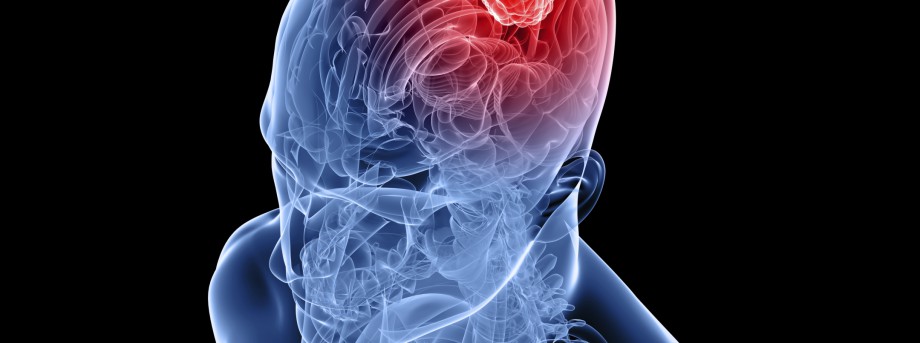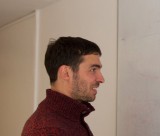The University of Nottingham
 Exchange online
Exchange online
Research Exchange
Curing the ‘incurable’ — brain cancer doctors welcome new CRUK strategy

A leading group of UK cancer experts has welcomed the announcement by Cancer Research UK that brain tumours will be a focus of their new strategy for the next five years.
The British Neuro-Oncology Society (BNOS) says this new drive for a vitally-needed boost in funds for research could dramatically change the landscape for patients with brain cancer and their families.
Brain tumours are the biggest cancer killer of people under 40 years of age but historically the disease has only attracted around 2% of funding for research into faster diagnosis and new treatments.
President of BNOS, Professor David Walker is a paediatric oncologist who runs The University of Nottingham’s Children’s Brain Tumour Research Centre. He said:
“We cannot be more delighted that CRUK have announced that brain and spinal tumours will be one of the four big ‘hard to treat’ cancers to be the focus of increased research and funding. This development builds upon the successful strategy of a number of patient and family-based, as well as academic charity research initiatives which have been active over the past couple of decades.
“These groups have acted together to raise funds, through community action and through political lobbying to bring about a change in scientific attitude to the challenge of brain tumours across the ages. BNOS has been a sustained partner in this action providing the necessary scientific and clinical knowledge to inform these debates and providing a meeting point for scientific and clinical discussion of new ideas and treatments. BNOS is a major part of the European network of clinicians and scientists who meet regularly to tackle the challenge of brain tumours.”
He added: “CRUK’s announcement is most welcome as they are the biggest funder of cancer research in Europe and so can bring substantial resources and cancer expertise to bear upon this subject.”
Brain tumours arise as a product of brain growth during childhood and adolescence and a product of brain degeneration during adulthood to old age. Survival and disability rates vary across the ages, in childhood survival rates are generally higher although some tumours in this age group remain incurable. In adulthood the commonest and most malignant brain tumour, glioblastoma, grade 4 astrocytoma remains resistant to treatment and although drug developments have offered some improvement recently we are still looking for a new treatment which will change the outlook for this disease.
In all ages there are tumours which are curable with surgery and radiotherapy with or without the additional effect of chemotherapy of biological therapy. The challenge is to use the experience of the successful treatments to influence understanding for the tumours which present the greater challenge.
Leave a Reply
Other

Top prize for quantum physicist
A University of Nottingham physicist has won a prestigious medal from the Institute of Physics for […]

Zero carbon HOUSE designed and built by students comes home
Design and construct a low cost, zero carbon, family starter home, transport it to Spain, build […]